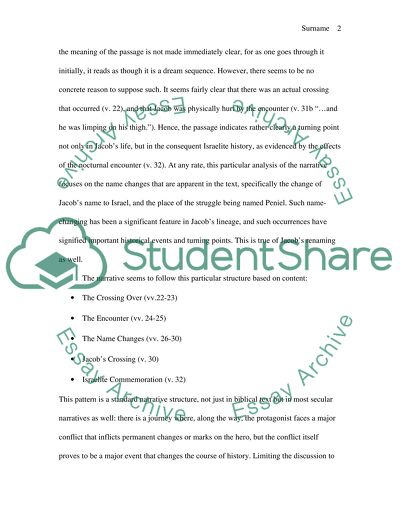Cite this document
(“An exegetical study of Genesis 32 verses 22-32 Essay”, n.d.)
Retrieved from https://studentshare.org/miscellaneous/1540414-an-exegetical-study-of-genesis-32-verses-22-32
Retrieved from https://studentshare.org/miscellaneous/1540414-an-exegetical-study-of-genesis-32-verses-22-32
(An Exegetical Study of Genesis 32 Verses 22-32 Essay)
https://studentshare.org/miscellaneous/1540414-an-exegetical-study-of-genesis-32-verses-22-32.
https://studentshare.org/miscellaneous/1540414-an-exegetical-study-of-genesis-32-verses-22-32.
“An Exegetical Study of Genesis 32 Verses 22-32 Essay”, n.d. https://studentshare.org/miscellaneous/1540414-an-exegetical-study-of-genesis-32-verses-22-32.


